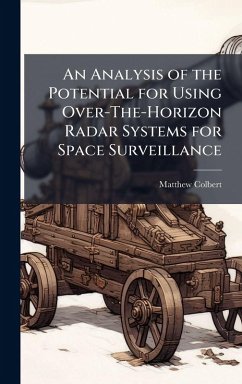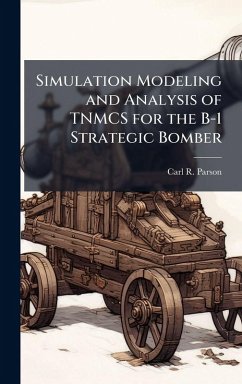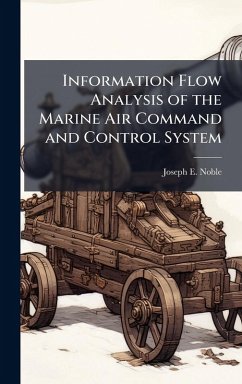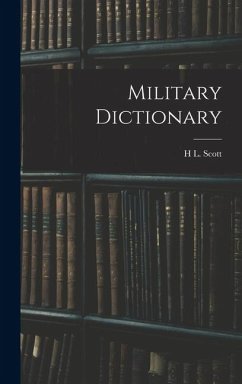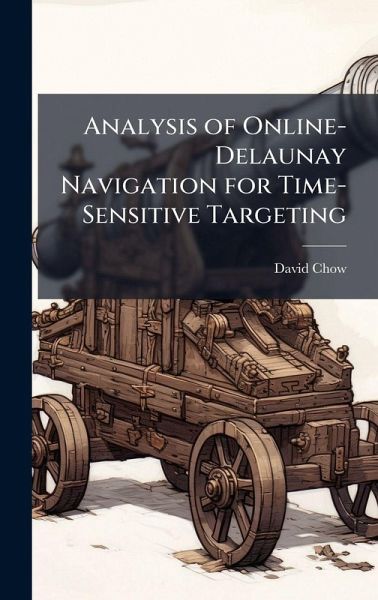
Analysis of Online-Delaunay Navigation for Time-Sensitive Targeting
Versandkostenfrei!
Versandfertig in über 4 Wochen
28,99 €
inkl. MwSt.
Weitere Ausgaben:

PAYBACK Punkte
14 °P sammeln!
Given the drawbacks of leaving time-sensitive targeting (TST) strictly to humans, there is value to the investigation of alternative approaches to TST operations that employ autonomous systems. This paper accomplishes five things. First, it proposes a short-hop abbreviated routing paradigm (SHARP) -- based on Delaunay triangulations (DT), ad-hoc communication, and autonomous control -- for recognizing and engaging TSTs that, in theory, will improve upon persistence, the volume of influence, autonomy, range, and situational awareness. Second, it analyzes the minimum timeframe need by a strike (...
Given the drawbacks of leaving time-sensitive targeting (TST) strictly to humans, there is value to the investigation of alternative approaches to TST operations that employ autonomous systems. This paper accomplishes five things. First, it proposes a short-hop abbreviated routing paradigm (SHARP) -- based on Delaunay triangulations (DT), ad-hoc communication, and autonomous control -- for recognizing and engaging TSTs that, in theory, will improve upon persistence, the volume of influence, autonomy, range, and situational awareness. Second, it analyzes the minimum timeframe need by a strike (weapons enabled) aircraft to navigate to the location of a TST under SHARP. Third, it shows the distribution of the transmission radius required to communicate between an arbitrary sender and receiver. Fourth, it analyzes the extent to which connectivity, among nodes with constant communication range, decreases as the number of nodes decreases. Fifth, it shows the how SHARP reduces the amount of energy required to communicate between two nodes. Mathematica 5.0.1.0 is used to generate data for all metrics. JMP 5.0.1.2 is used to analyze the statistical nature of Mathematica's output. This work has been selected by scholars as being culturally important, and is part of the knowledge base of civilization as we know it. This work was reproduced from the original artifact, and remains as true to the original work as possible. Therefore, you will see the original copyright references, library stamps (as most of these works have been housed in our most important libraries around the world), and other notations in the work. This work is in the public domain in the United States of America, and possibly other nations. Within the United States, you may freely copy and distribute this work, as no entity (individual or corporate) has a copyright on the body of the work. As a reproduction of a historical artifact, this work may contain missing or blurred pages, poor pictures, errant marks, etc. Scholars believe, and we concur, that this work is important enough to be preserved, reproduced, and made generally available to the public. We appreciate your support of the preservation process, and thank you for being an important part of keeping this knowledge alive and relevant.






